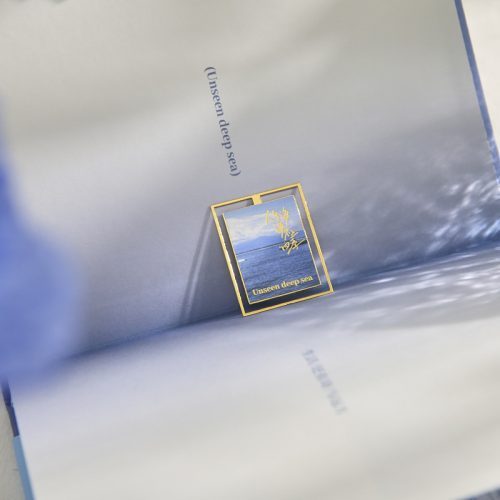The science of fountain pen ink flow is a complex and fascinating subject that involves several key principles of fluid dynamics, materials science, and pen design. Understanding how ink flows within a fountain pen can provide insights into how these writing instruments work and how to optimize their performance. Here’s a brief overview of the science behind fountain pen ink flow:
- Capillary Action: Capillary action is the fundamental principle that governs ink flow in fountain pens. It is the ability of a liquid to flow in narrow spaces or tubes without the assistance of, or in opposition to, external forces like gravity. In a fountain pen, capillary action draws ink from the reservoir (either a cartridge or converter) through the feed and nib and onto the paper.
- Nib Design: The design of the nib plays a crucial role in controlling ink flow. Nibs have a slit running down their center, allowing ink to flow from the reservoir to the paper. The nib tines, which form the tip of the nib, can be adjusted to control the width of the slit and, consequently, the ink flow rate.
- Nib Material: The material from which the nib is made can impact ink flow. Gold nibs are known for their flexibility and ability to regulate ink flow more effectively than stainless steel nibs. The surface of the nib is often treated to enhance its wetting properties and ensure consistent ink flow.
- Ink Properties: The composition of the ink itself is crucial. Fountain pen inks are typically water-based, but they may contain additional components like surfactants to reduce surface tension and improve flow. The viscosity (thickness) of the ink can also influence how it flows through the nib.
- Feed Design: The feed is a component beneath the nib that regulates the flow of ink from the reservoir to the nib. It consists of channels that carry ink to the nib and fins or grooves that help maintain a consistent flow rate. The feed’s design can vary among different pen brands and models.
- Nib Pressure: The pressure applied while writing can affect ink flow. Light pressure allows for controlled and steady ink flow, while excessive pressure can lead to excessive ink release or even damage to the nib and feed.
- Gravity and Air Pressure: Although capillary action is the primary driving force behind ink flow, gravity and air pressure also play minor roles. Gravity helps ensure that ink flows downward, while air pressure variations can influence ink movement within the pen.
- Temperature and Humidity: Environmental factors such as temperature and humidity can affect ink flow. Ink may become more viscous in colder conditions, slowing down flow, while higher humidity can impact drying times.
- Maintenance: Proper maintenance is crucial for consistent ink flow. Regular cleaning and flushing of the pen prevent clogs and ensure that the ink flows smoothly.
- Nib and Feed Alignment: Proper alignment of the nib and feed is essential for optimal ink flow. Misaligned nibs can disrupt the flow and affect the quality of writing.
Understanding these scientific principles can help fountain pen enthusiasts troubleshoot issues, adjust their pens for better performance, and appreciate the intricate engineering behind these elegant writing instruments.


